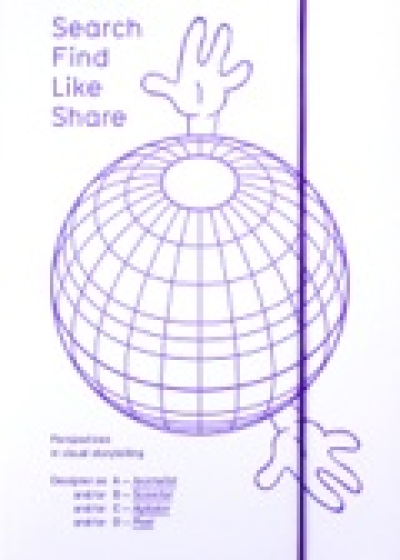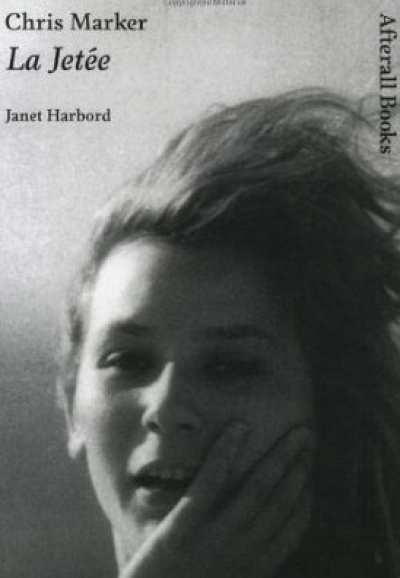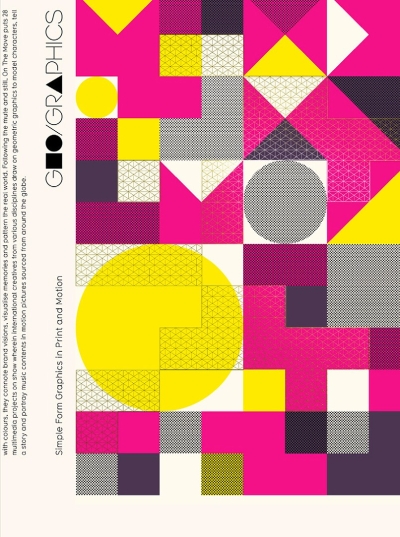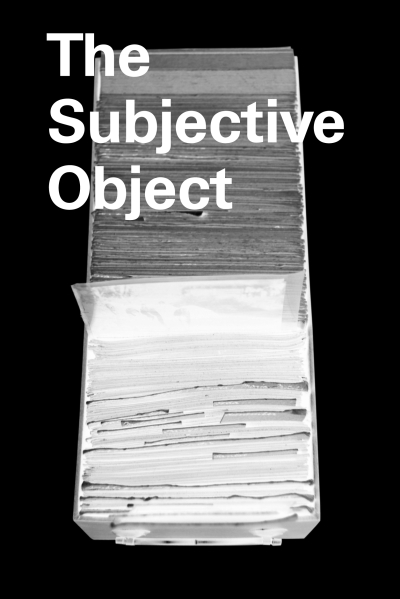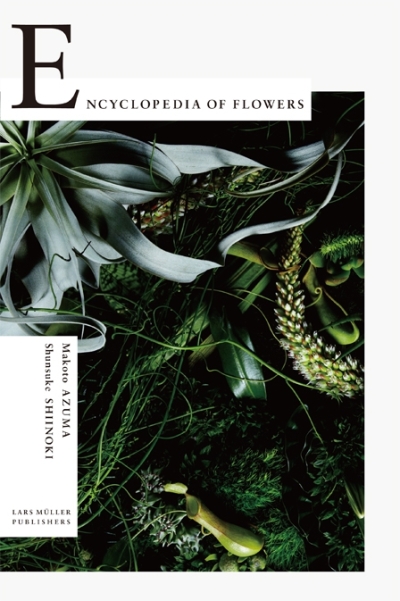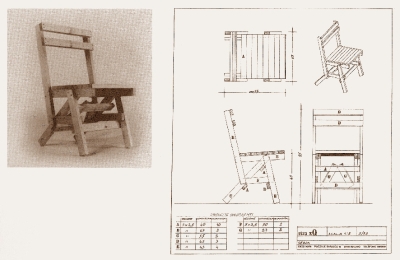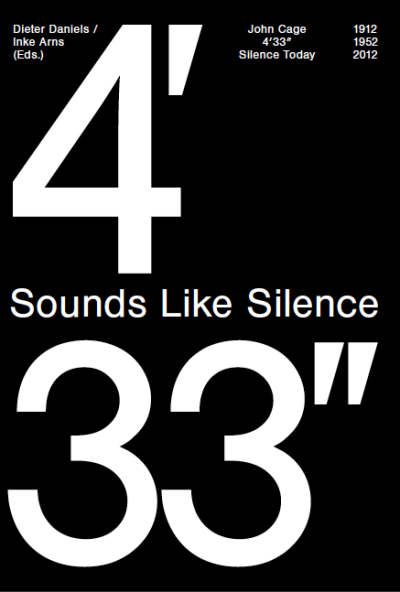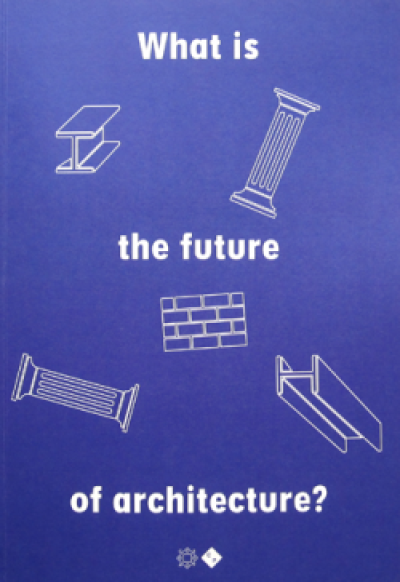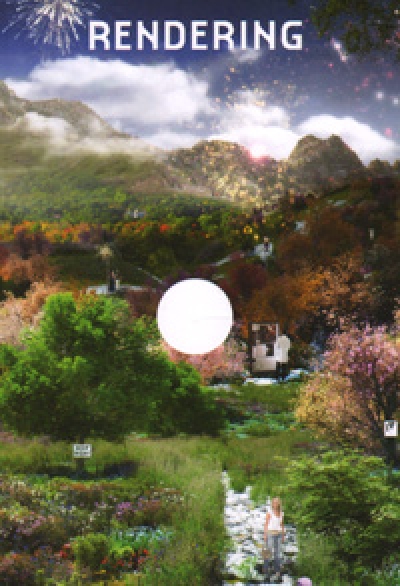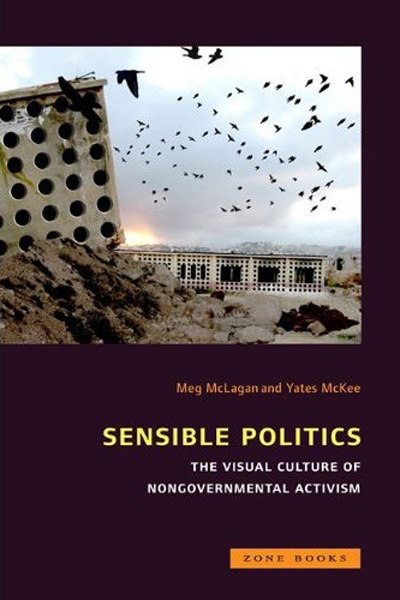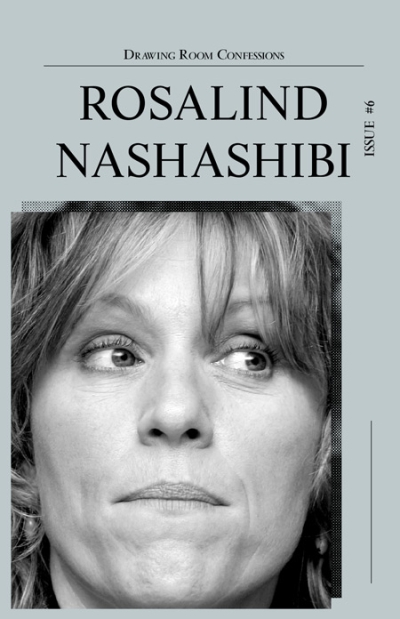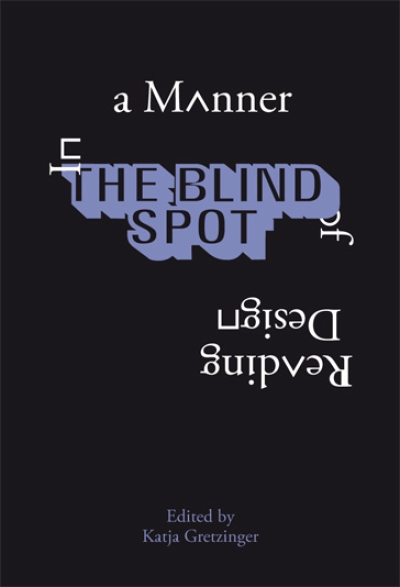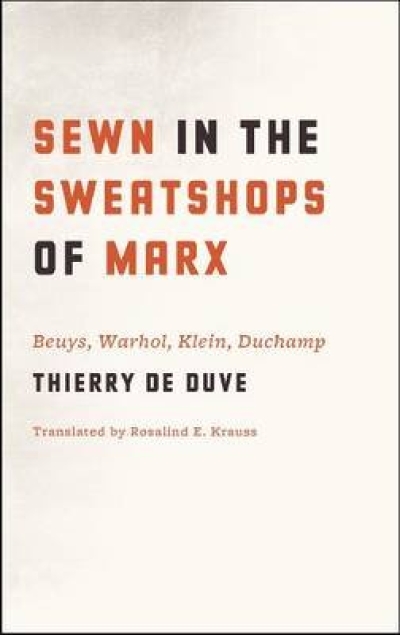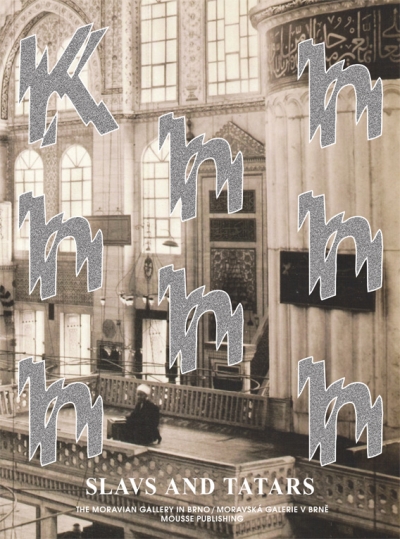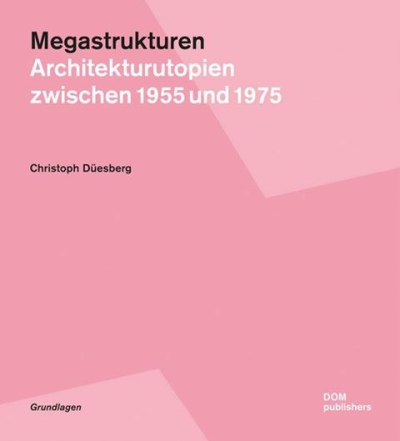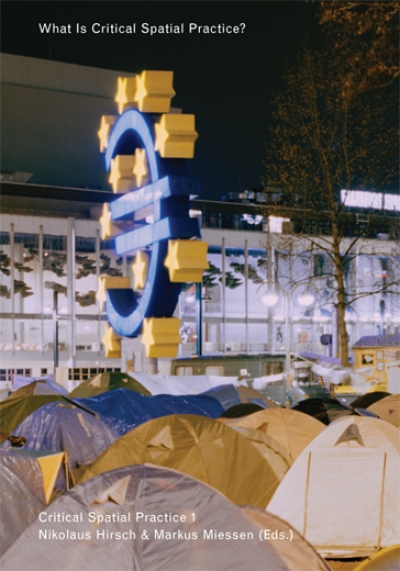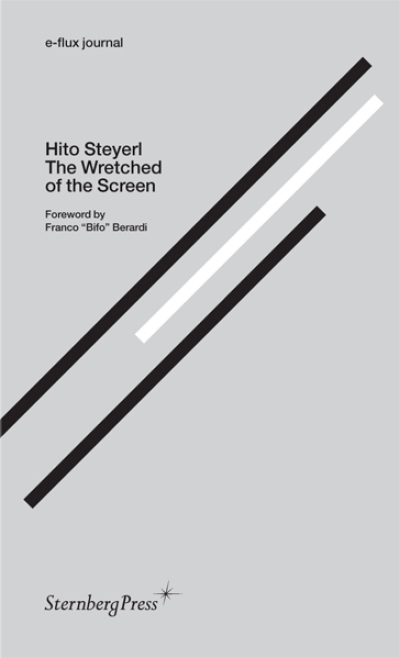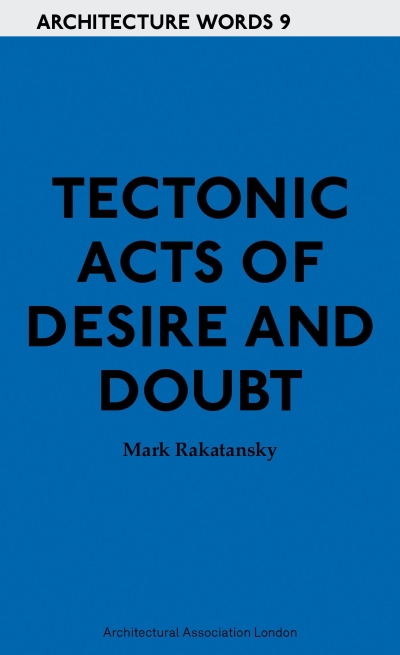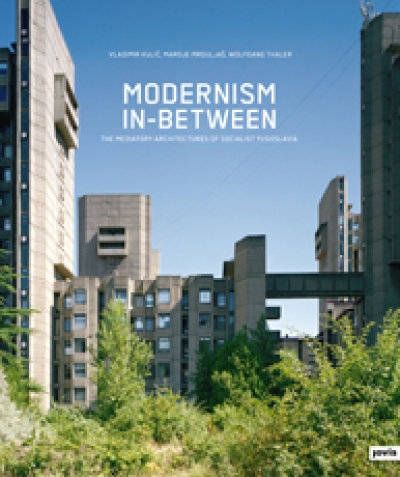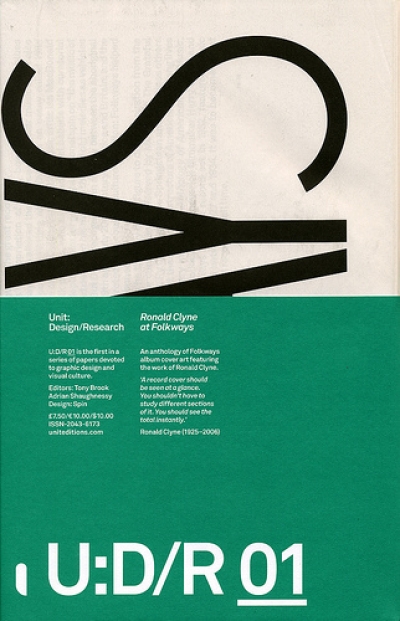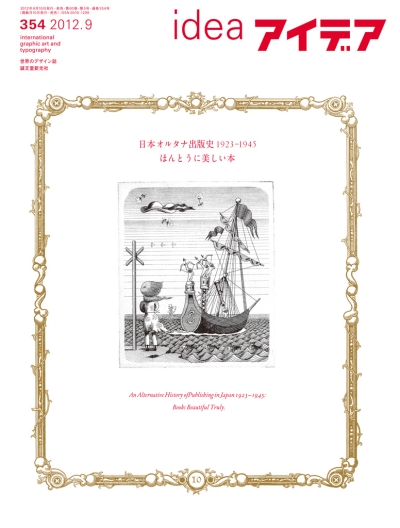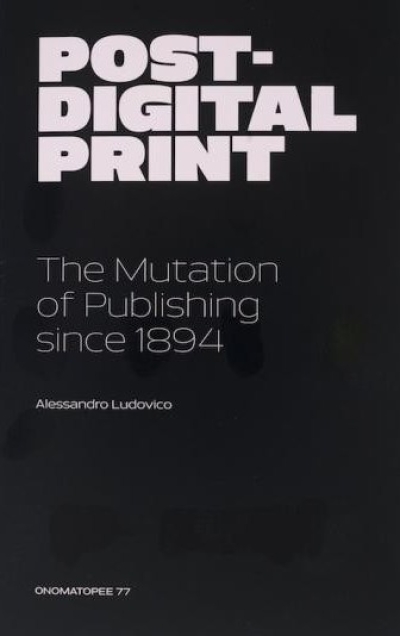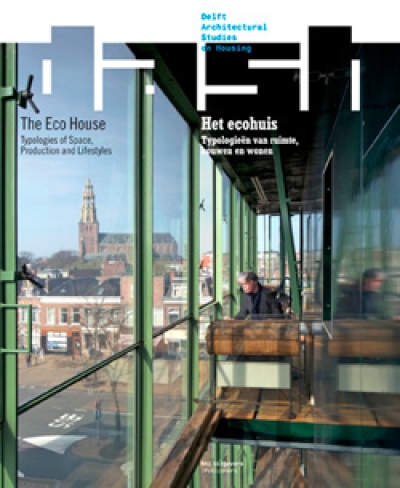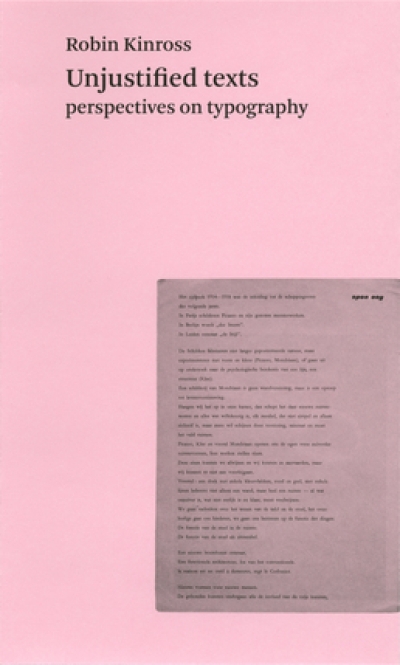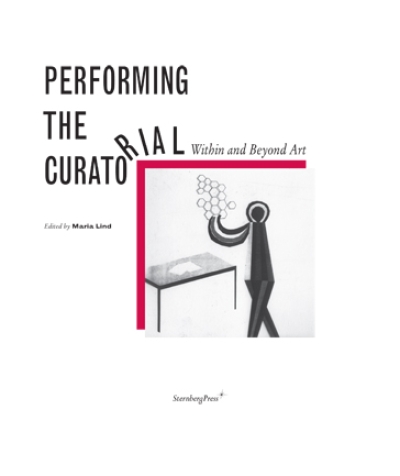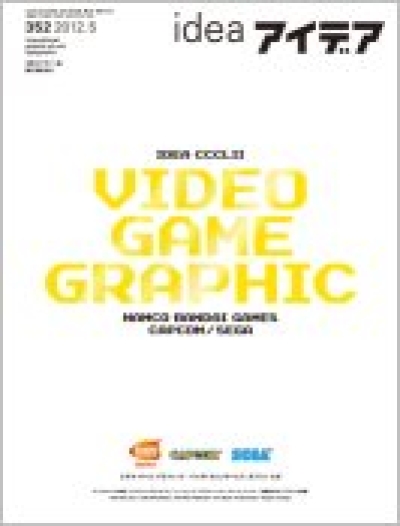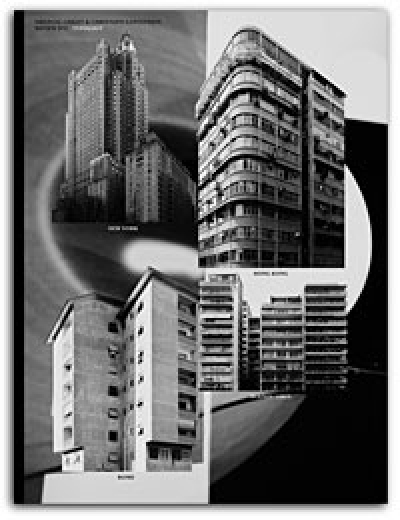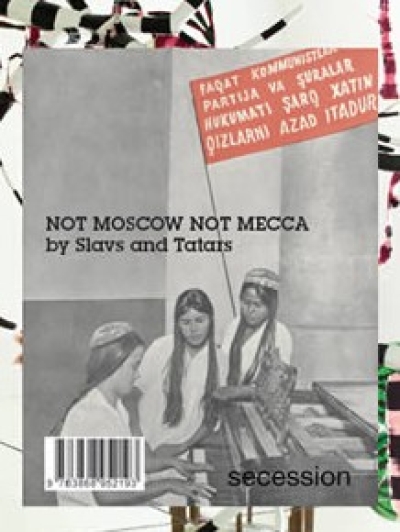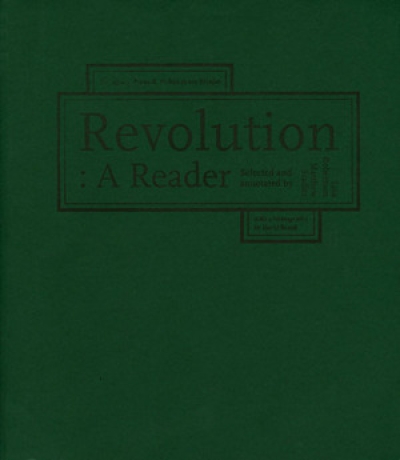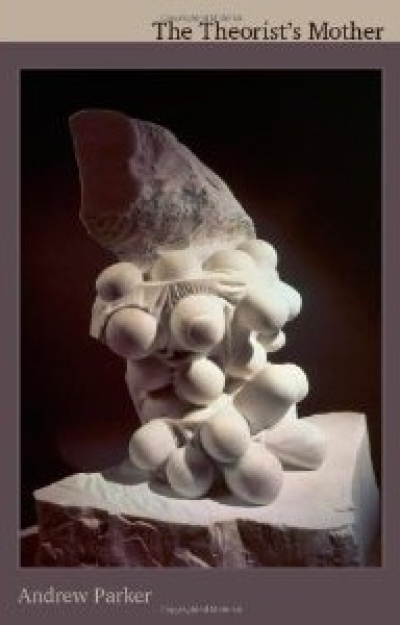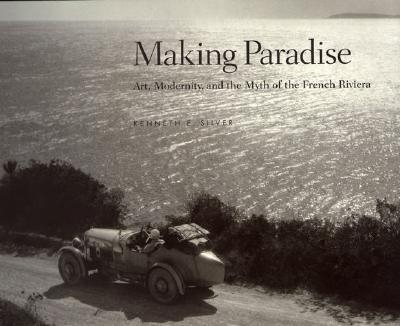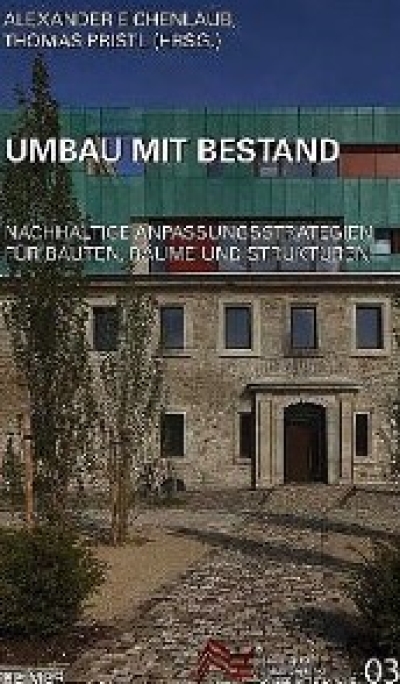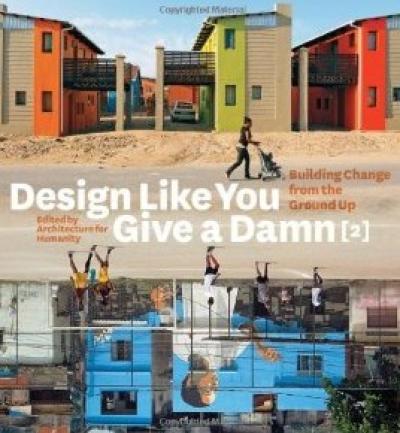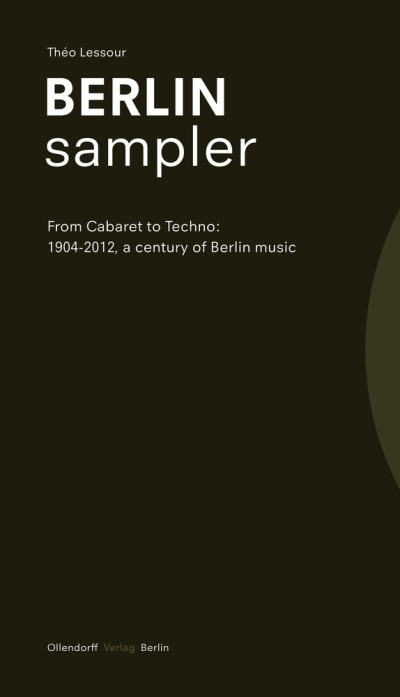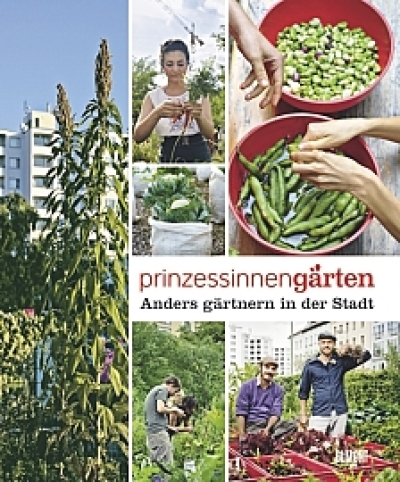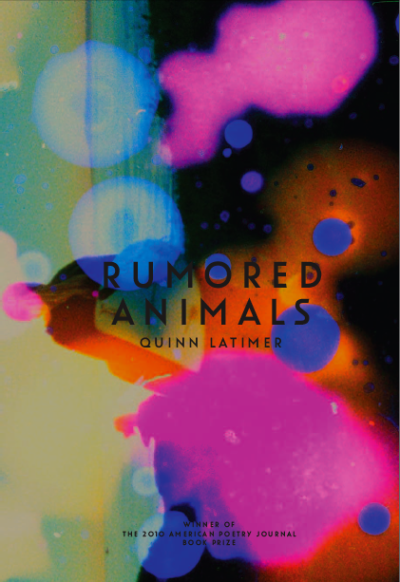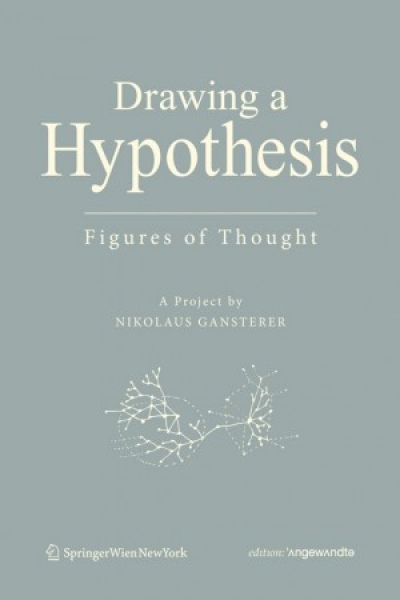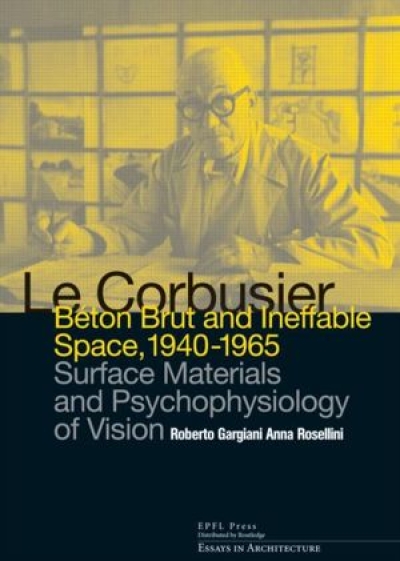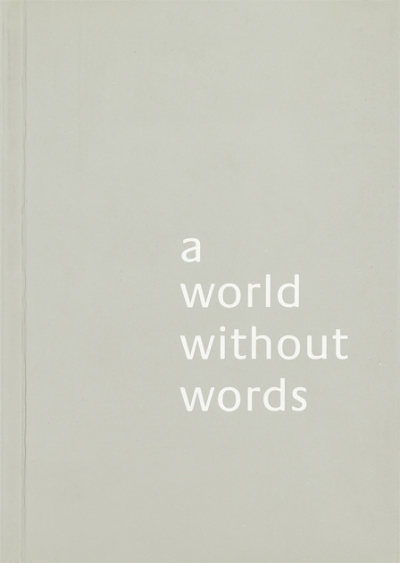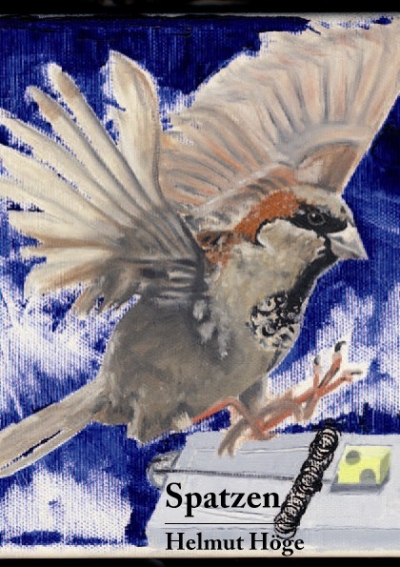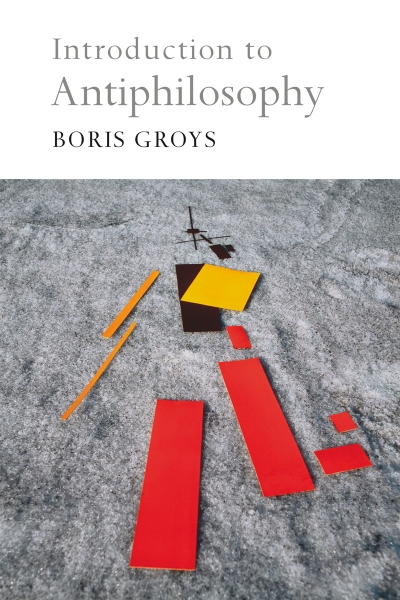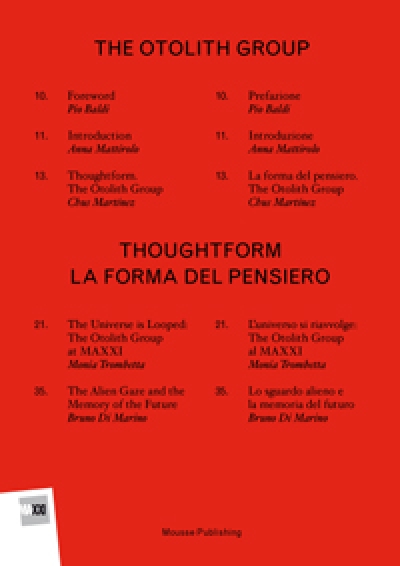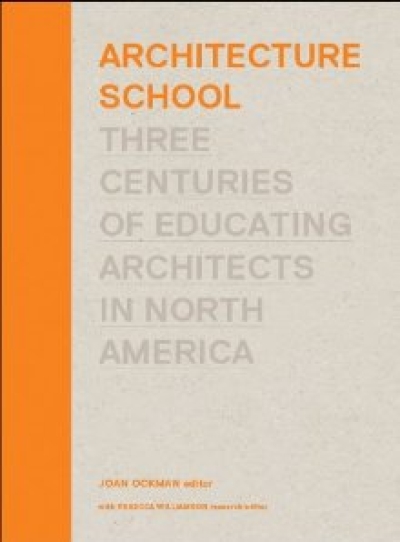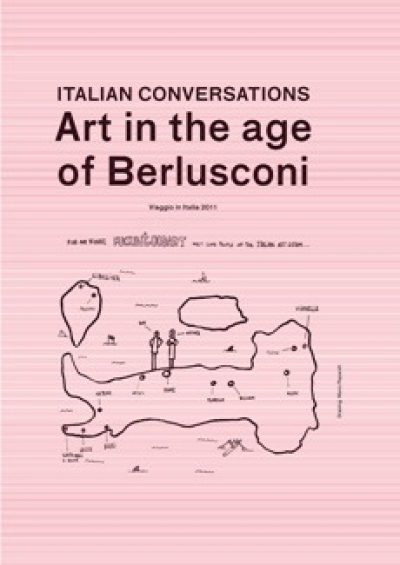
History Becomes Form. Moscow Conceptualism
In the 1970s and 1980s, a group of "unofficial" artists in Moscow—artists not recognized by the state, not covered by state-controlled media, and cut off from wider audiences—created artworks that gave artistic form to a certain historical moment: the experience of Soviet socialism. The Moscow conceptualists not only reflected and analyzed by artistic means a spectacle of Soviet life but also preserved its memory for a future that turned out to be different from the officially predicted one. They captured both the shabby austerity of everyday Soviet life and the utopian energy of Soviet culture. In History Becomes Form, Boris Groys offers a contemporary's account of what he calls the most interesting Russian artistic phenomenon since the Russian avant-garde.
In 1976, Groys moved from Leningrad to Moscow; there he joined the artistic underground and grew close to Russian artists Ilya Kabakov, Erik Bulatov, Dmitri Prigov, Andrei Monastyrski, Lev Rubinstein, and Ivan Chuikov. He first wrote about them in 1979 for a A-Ya, a Russian-language magazine published in Paris, calling them "Moscow Romantic conceptualists." History Becomes Form collects Groys's essays on Moscow Conceptualism, most of them written after his emigration to the West in 1981. The individual artists of the group became known in the West after perestroika, but until now the artistic movement as a whole has received little attention. Groys's account sheds light not only on the Moscow conceptualists and their work but also on the dilemmas of Soviet artists during the cold war.
"The essays collected in History Becomes Form offer not only brilliant critical insights into the artistic practices and works of Moscow conceptualism, but also a unique perspective on Western contemporary art and the dominant narratives by which it is explained. Representing the evolving commentary of a critic-participant in the unofficial Soviet art scene, this volume admirably documents the passage into art history of a movement that once attempted to hold up a truthful mirror to the actually existing culture of late Soviet society."
—Tyrus Miller, Professor of Literature, University of California, Santa Cruz
"These essays reveal to us the backstory behind why Boris Groys has become the one of the most insightful commentators on the switching back and forth between contemporaneity and modernity that is so characteristic of art today. Like the art they treat, Groys’s essays delight in absurdity, and mix a world-historical despair with a despite-everything utopianism, while quietly yet relentlessly parodying the lot."
—Terry Smith, Andrew W. Mellon Professor of Contemporary Art History and Theory, University of Pittsburgh
